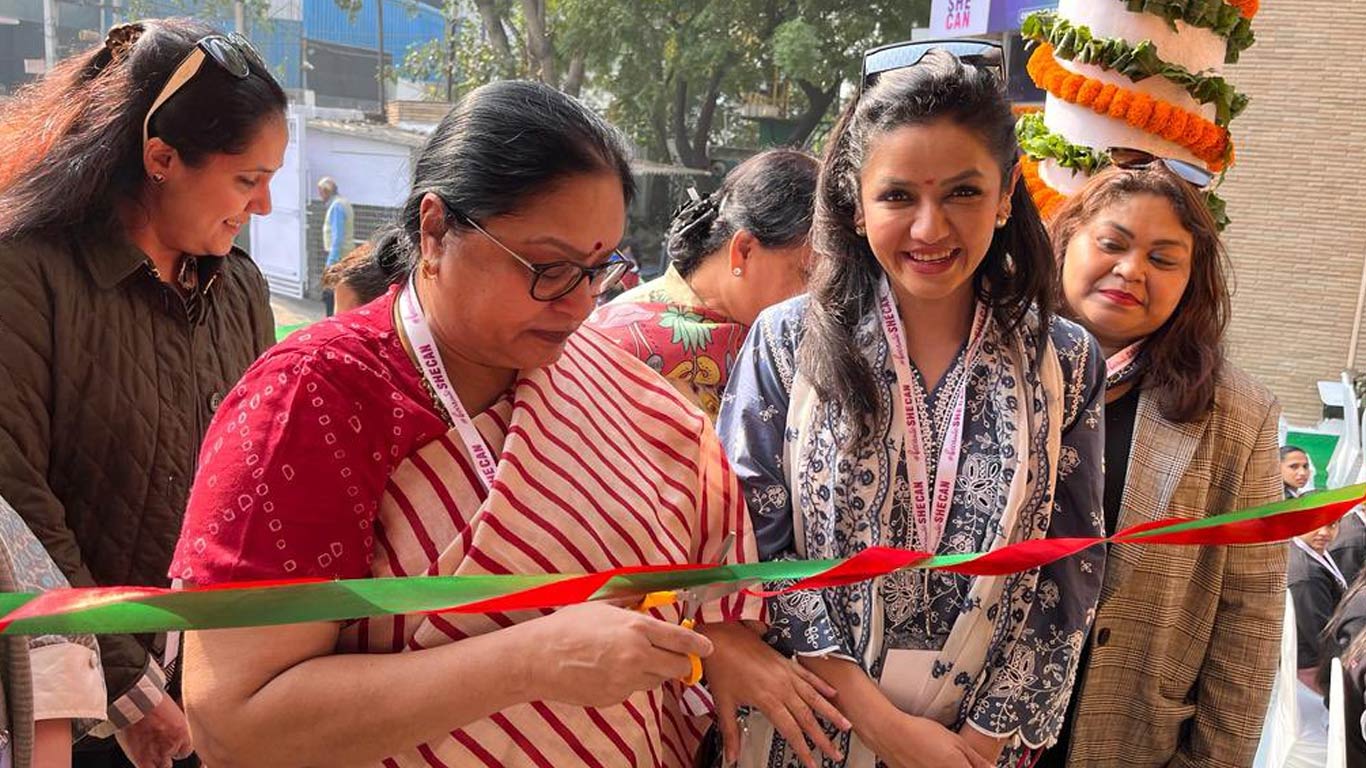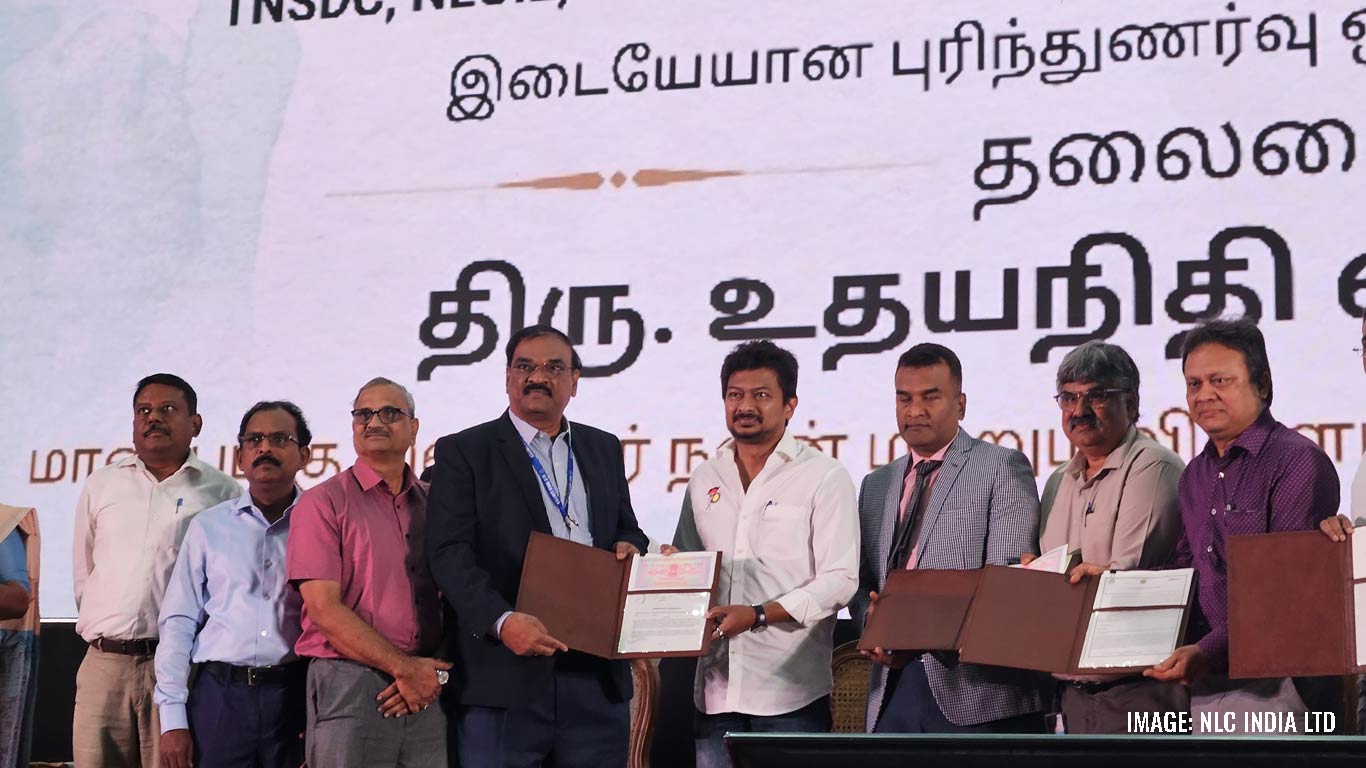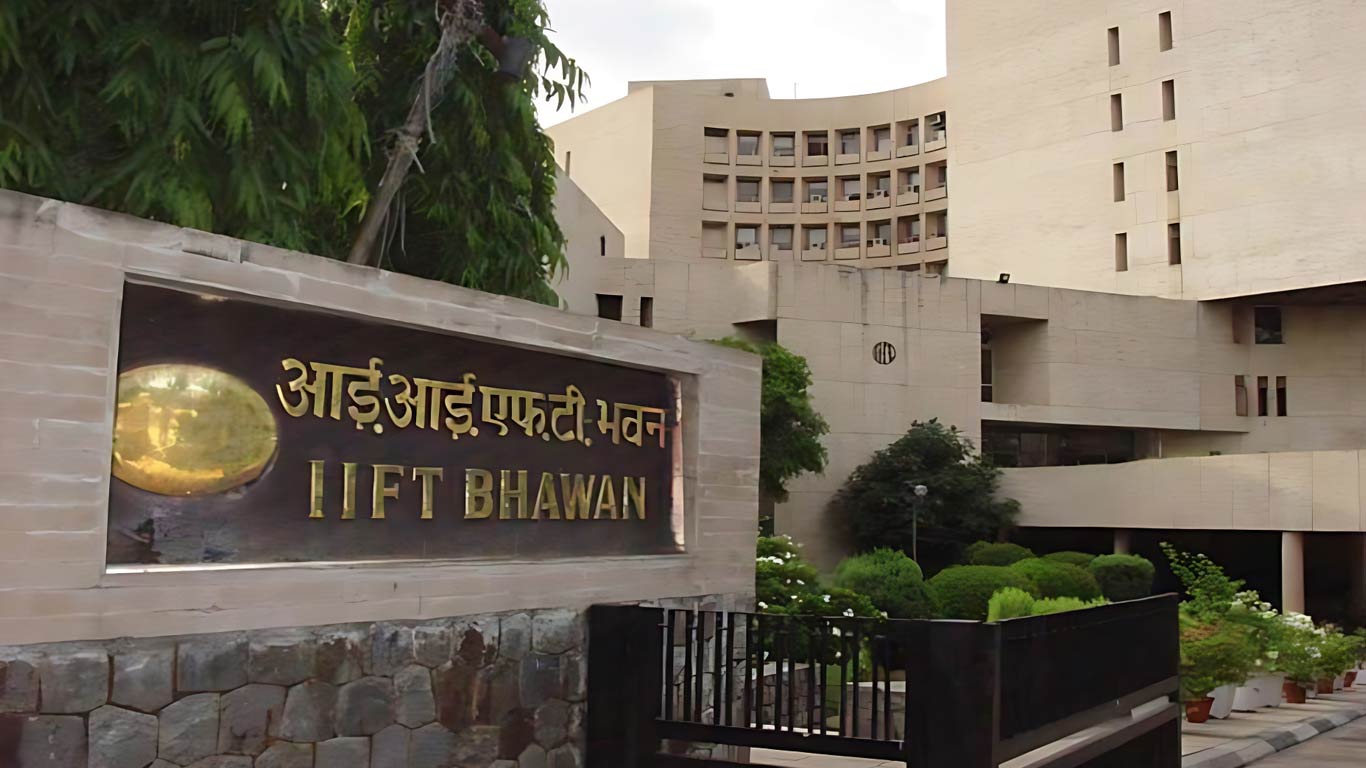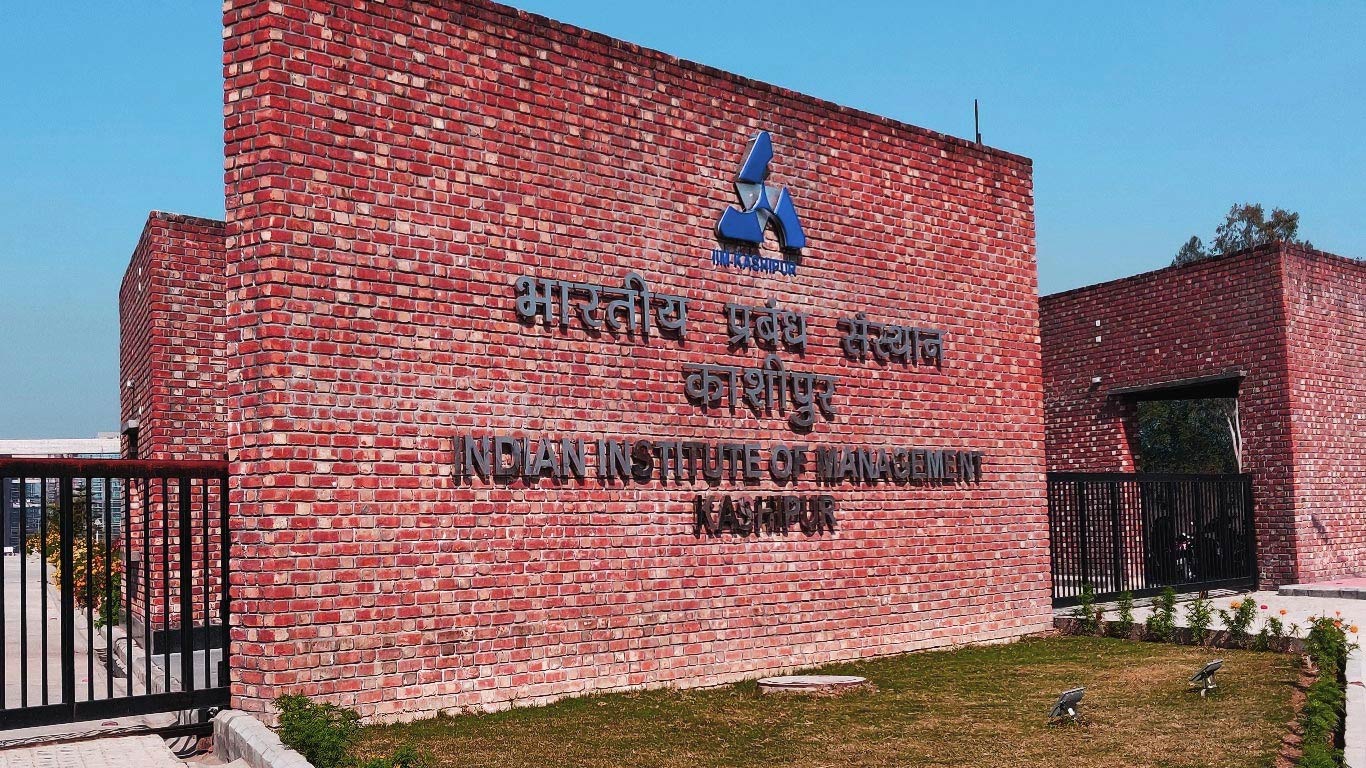Implementation & refund delays under GST led to working capital constraints for firms: RBI
Updated: Feb 13, 2018 09:18:39am

Implementation & refund delays under GST led to working capital constraints for firms: RBI
Mumbai, Feb 13 (KNN) The implementation and refund delays under the new tax regime of Goods and Services Tax (GST) seem to have led to working capital constraints for firms, which in turn might have hurt their exports in October 2017, RBI in its Mint Street Memo said.
The Reserve Bank of India (RBI) has released the Mint Street Memo on Working Capital Constraints and Exports: Evidence from the GST rollout.
It said, “We provide evidence supporting this hypothesis using sectoral data on exports and find sectors that have high working capital requirements took the maximum hit during this period.”
However, various initiatives by the Government of India since then appear to have significantly alleviated exporters’ concerns which got reflected in the exports growth pick up in November and December 2017, the Memo added.
The GST implementation, in the beginning, was marred by infrastructure snags and implementation delays, which led to changing the date of filing tax returns for July multiple times.
Finally, firms were required to file their returns by 30th September under the last revision. As per the implementation of the tax regime, exporters were supposed to get 90% of the input tax refund within seven days of filing their returns.
However, there had been significant delays in receiving the input tax credit according to various reports, which could have adversely affected the working capital of firms. This implies that the sectors with high working capital requirements could have been hit more severely due to non-refunds than those with low working capital requirements, added the paper.
To elaborate further, the impact of the implementation issues is more evident and severe for the exporters. Prior to GST, the exporters were upfront exempted from paying any duties. Now, under GST, they are required to first pay the tax and later claim refunds.
This constrained their working capital, at least once after the regime switch, since exporters would have had to adjust to the new tax regime. Under GST, they can avail 90% of the input tax refund within 7 days, but only after the goods are exported out of India, the RBI paper said.
The refunds filed in the month of July were sanctioned to the creditors only in late October and November (CBEC Report). This could have jeopardized the working capital financing of the firms during the intermediate period between filing and refunds. If the first round of refunds got blocked after tax filing in September, it would have started hurting the firms’ working capital only around October 2017. This is reflected in the exports growth number in October 2017, which declined to -1.2% (year-on-year) and was broad based, said the Memo.
In its concluding remarks, the Memo noted that the study indicates how a short term liquidity shock could impact firms in the export sector, which are generally believed to be financially sound. We have shown that the export contributing sectors with high working capital/sales ratio were hit the most due to these liquidity constraints.
It is also corroborated by the various measures adopted by the government during November to address the concerns of the exporters.
Finally, the exports rebound in November 2017 suggests these quick measures partly addressed the temporary credit constraints faced by the exporters during October 2017.
RBI's Mint Street Memo: https://rbi.org.in/Scripts/MSM_Mintstreetmemos10.aspx
(KNN Bureau)











